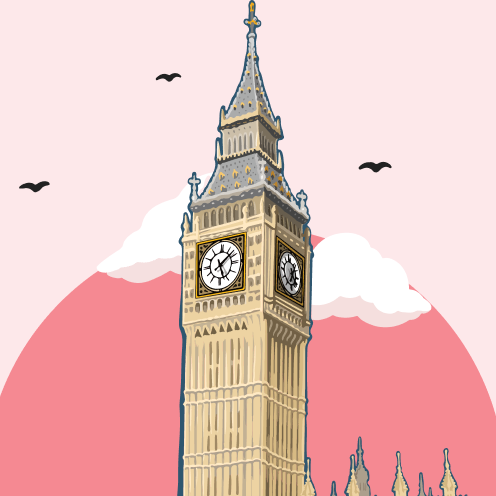Archaeologists have uncovered charcoal sketches drawn by children in Pompeii, depicting possibly violent fights they may have witnessed.
The sketches of gladiator stick figures were discovered during excavations in recent months in Pompeii, a once-thriving city that was destroyed when Mount Vesuvius erupted nearly 2,000 years ago.
Archaeologists also found the outlines of three small hands, two figures playing with a ball, a hunting scene possibly featuring a boar, and two fighters, one of whom is lying flat on the ground.
The director of the site, Gabriel Zuchtriegel, said the naive line drawings, found on the wall of a house known as the “Colonnaded Cenacle”, were probably done by children aged six or seven.
Psychologists from the Federico II University in Naples believed the sketches depicted events the children had witnessed, rather than imagined, he said.
“In Pompeii, even young children were exposed to extreme violence between humans and between humans and animals in the sands of the ancient city’s amphitheatre,” Zuchtriegel said.
Other discoveries this week included a unique portrait of a hooded child with a small dog at his feet, found in the so-called “House of the Painters at Work”.
At the entrance of that house, the skeletons of a man and a woman were discovered, an elderly couple that had probably sought refuge in vain from the pumice and ash that rapidly overwhelmed the city during the volcanic eruption.
Last month, authorities in Pompeii revealed a black-walled dining hall with paintings inspired by the Trojan War.
The hall, which features a mosaic floor, was uncovered as part of a project to shore up the areas dividing the excavated and unexcavated parts of Pompeii, the ancient city near Naples that was destroyed in A.D. 79 when Mount Vesuvius erupted.
The banquet hall was used for refined entertaining and features black walls, a technique that prevented the smoke from oil lamps from being seen, said Gabriel Zuchtriegel, director of the Pompeii archaeological park.
The figures painted against that black backdrop include Helen of Troy and Apollo. Experts said the reference to mythological figures was designed to entertain guests and provide conversation starters.
Source: independent.co.uk



